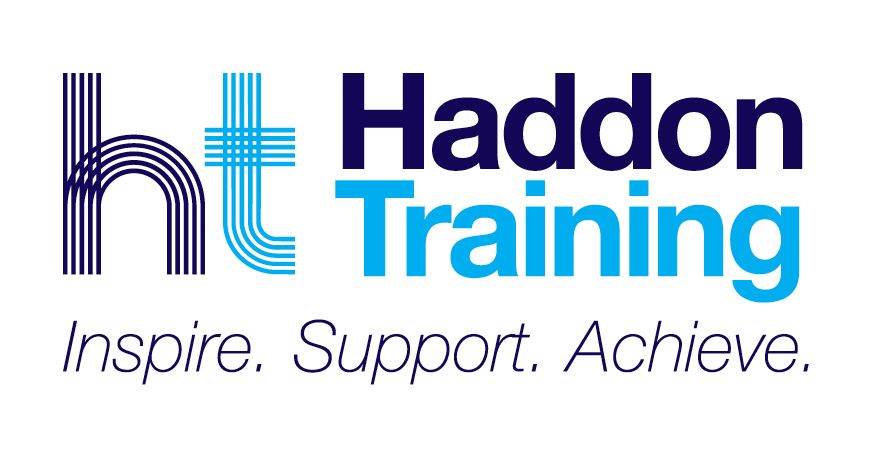- Join Us
- Login
- EEA ToolKit
- Employment Essentials
- Frequently asked
- Contracts and wages
- Time off work & absence
- Staff management & training
- Workplace disputes
- Dismissals and resignations
- Pregnancy and children
- Avoiding discrimination
- Redundancy and Retirement
- Other responsibilities
- Legal Helpline
- Recruitment
- Good Recruitment
- New starters
- Find a groom
- Good Employment
- Resources
- Downloads Library
- EEA Pension & Payroll
- Safe workplace
- Employers Minds
- Transporting horses
- Riding Establishment Licences
- Member discounts
- Business Hub
- Equestrian businesses
- The business plan
- Business compliance
- My clients
- Livery Contract Creator
- Financial matters
- Business challenges
- Marketing
- The EEA
- Employers Life
- Contact

EEA Survey Reveals Yard Cost Crisis
7th August 2025
A recent survey by the Equestrian Employers’ Association (EEA) has revealed mounting financial pressure on Britain’s equine businesses as the National Minimum Wage (NMW) rises.
The findings, submitted to the Low Pay Commission (LPC) in July 2025, revealed several operational and recruitment challenges across the industry.
Most concerning of all was that only 6% of the employers surveyed felt that their business would remain viable in the long term, even with good financial planning.
Other key impacts reported include:
- Economic squeeze: 81% of equestrian employers surveyed reported falling profits in the last 12 months, 76% have raised prices, and 68% say they’re unable to reinvest in their businesses.
- Recruitment hurdles: Nearly a third now advertise roles with fewer hours and pay overtime as necessary to allow for increased salary costs; however, 29% said they could not afford to hire staff over 21 due to the National Living Wage threshold.
- Youth rate reliance and discrimination risk: Nearly half of equestrian employers admitted to hiring only younger workers because older staff attract higher costs, potentially leading to age discrimination issues.
- Future viability: Further growth in the Living Wage from April 2026 could tip many smaller yards into unviability. Most employers surveyed believe there should be no increase beyond the current £12.21 rate.
Non-compliance with the NMW continues to be an issue within the equestrian industry. This is often due to unpaid overtime, resulting in hourly rates dropping below the NMW or those who should be classed as employed, working on a self-employed basis.
While the survey highlights the significant financial and operational pressures faced by equestrian employers, it also underscores the need for responsible and compliant action by employers.
The equestrian industry must balance financial realities with legal and ethical employment practices.
The EEA encourages all stakeholders to read the full report and engage with its findings as the sector faces critical decisions ahead.
NEWS ARCHIVE
- 2025 (19 ENTRIES)
- 2024 (22 ENTRIES)
- 2023 (19 ENTRIES)
- 2022 (15 ENTRIES)
- 2021 (10 ENTRIES)
- 2020 (36 ENTRIES)
- 2019 (42 ENTRIES)
- 2018 (48 ENTRIES)
- 2017 (15 ENTRIES)






















-Small.jpg)



